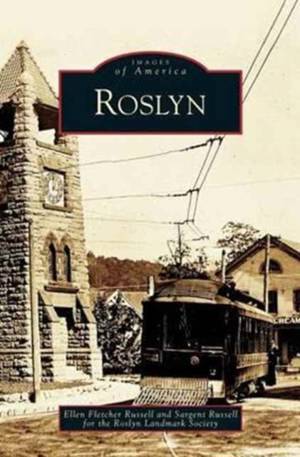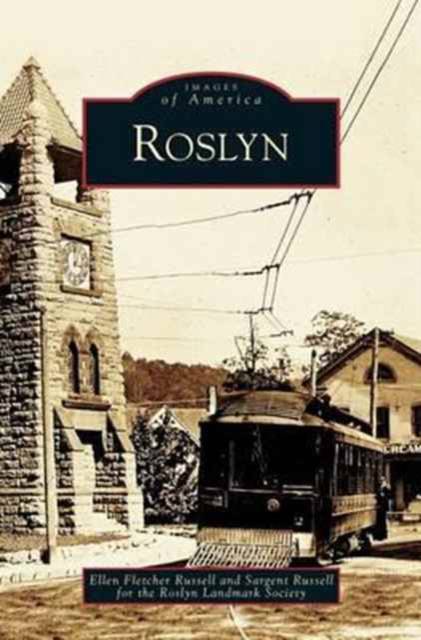
- Afhalen na 1 uur in een winkel met voorraad
- Gratis thuislevering in België vanaf € 30
- Ruim aanbod met 7 miljoen producten
- Afhalen na 1 uur in een winkel met voorraad
- Gratis thuislevering in België vanaf € 30
- Ruim aanbod met 7 miljoen producten
Zoeken
Omschrijving
In the 1840s, the first wave of city people came to Roslyn, attracted by the town's picturesque scenery. Later in the 19th century, the Long Island Rail Road made the area appealing to the very wealthy, who turned the rolling north shore of Long Island into the Gold Coast. The great estates employed local residents, and their owners gave the village handsome buildings that survive today. Neighboring villages Roslyn Heights, Roslyn Estates, and East Hills all include land from former farms and estates. By 1960, Long Island's postwar building boom seemed set to obliterate Roslyn's character. In response, residents were galvanized to preserve and beautify the old village, and today's Roslyn is one of the most attractive and historic places on Long Island.
Specificaties
Betrokkenen
- Auteur(s):
- Uitgeverij:
Inhoud
- Aantal bladzijden:
- 130
- Taal:
- Engels
Eigenschappen
- Productcode (EAN):
- 9781531642563
- Verschijningsdatum:
- 22/07/2009
- Uitvoering:
- Hardcover
- Formaat:
- Genaaid
- Afmetingen:
- 170 mm x 244 mm
- Gewicht:
- 412 g

Alleen bij Standaard Boekhandel
+ 88 punten op je klantenkaart van Standaard Boekhandel
Beoordelingen
We publiceren alleen reviews die voldoen aan de voorwaarden voor reviews. Bekijk onze voorwaarden voor reviews.








